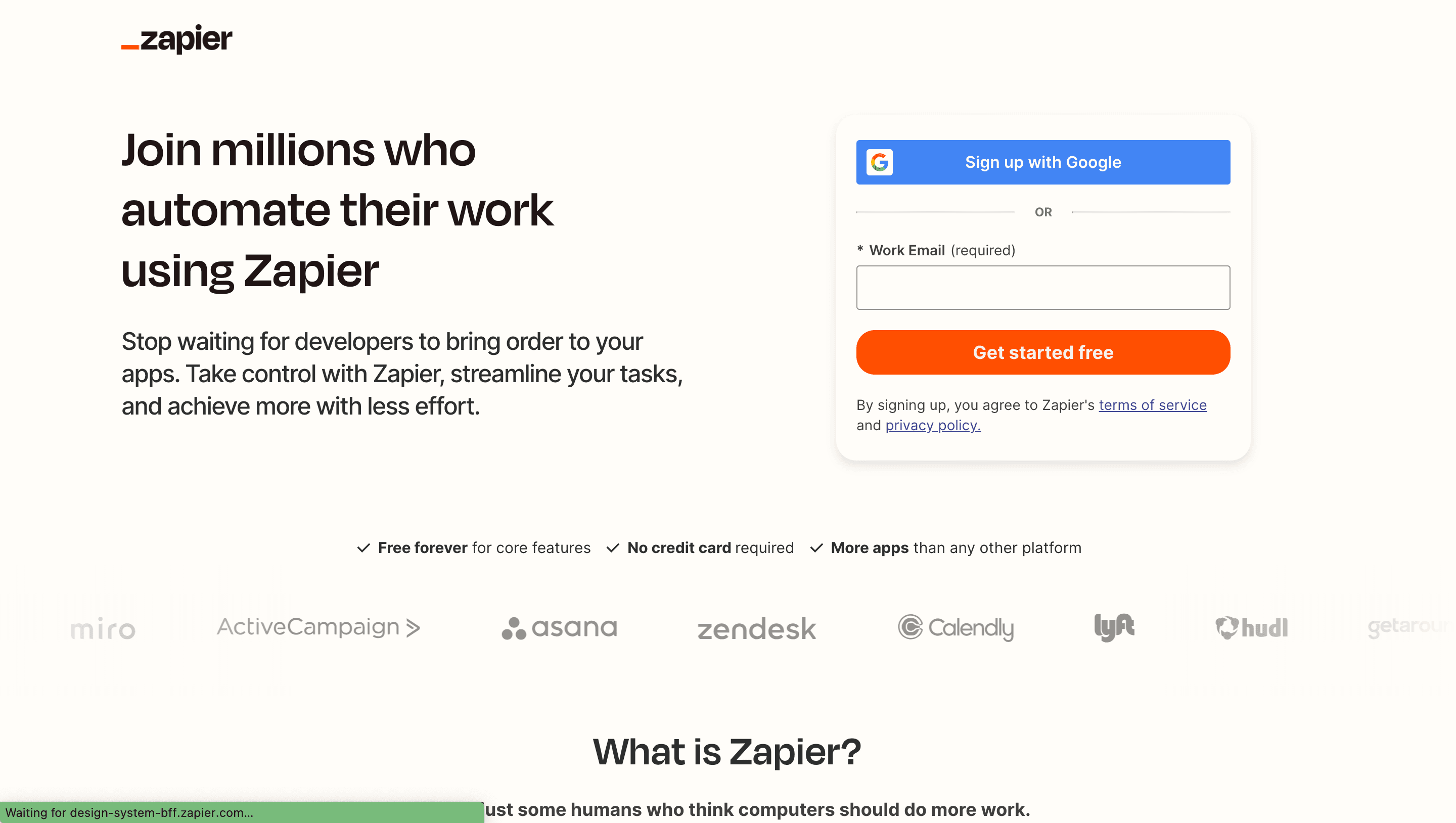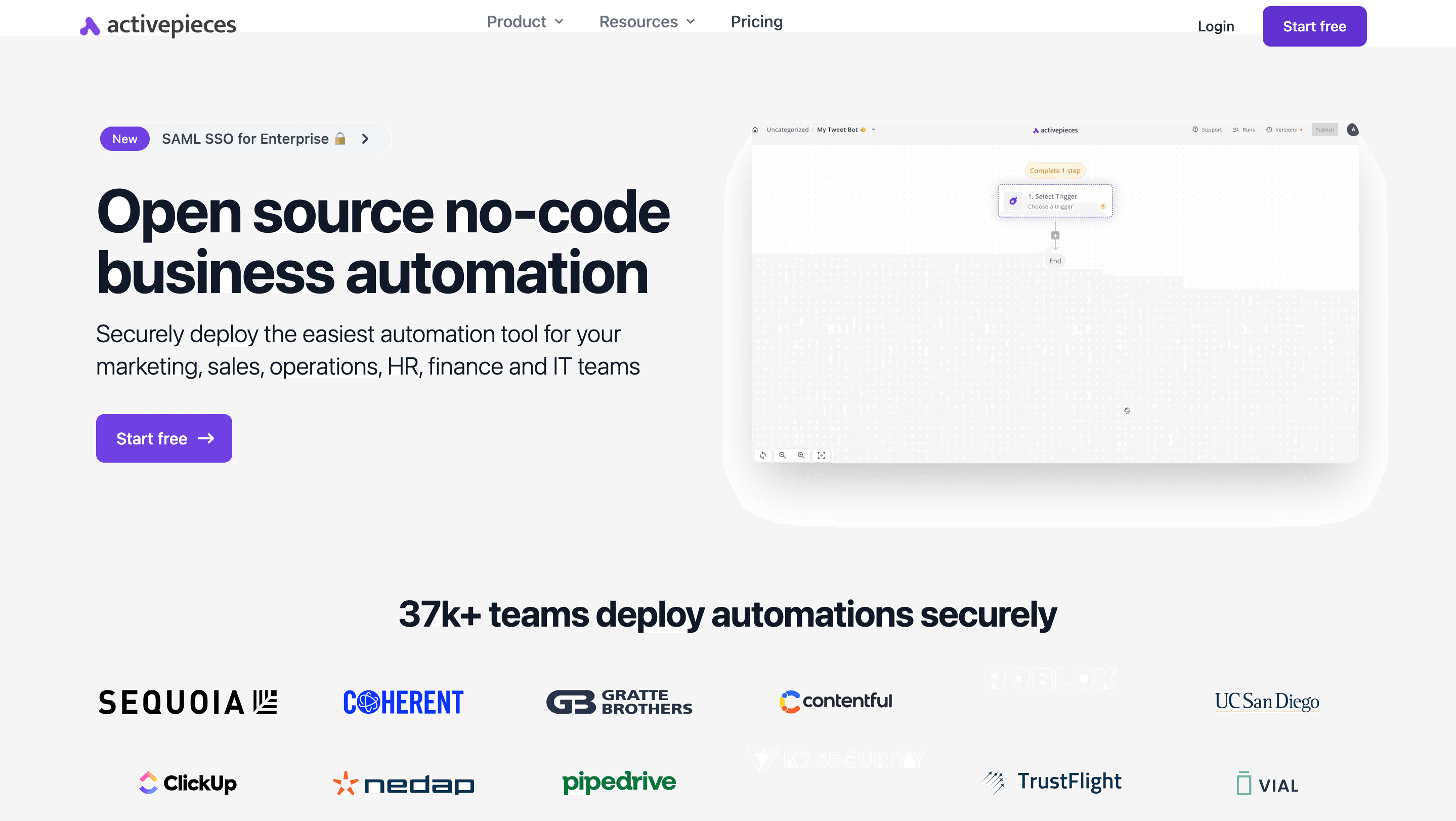How To Use Zapier For Insurance Companies

Zapier is an automation tool that helps you automate tasks between web apps. Insurance companies can free up valuable employee time, improve customer service experiences, and gain valuable insights from their data by leveraging Zapier's automation capabilities.
Using Zapier for insurance workflows
Zapier possesses a vast library of connectors, making workflow integration seamless and scalable. Here are some use cases for Zapier insurance companies:
Lead Generation and Customer Onboarding:
- Automatically capture leads: Connect your website forms to your CRM (Customer Relationship Management) system. When someone submits a quote request, Zapier can automatically create a new lead in your CRM, saving time and ensuring no inquiries are missed.
- Streamline customer onboarding: Set up a Zap to automatically send welcome emails, collect additional information through online forms, and trigger policy issuance workflows once complete.
Claims Processing and Customer Service:
- Simplify claims filing: Create a Zap that allows customers to submit claims directly through a web form. Zapier can then automatically route the claim to the appropriate adjuster and notify the customer of the next steps.
- Improve communication: Set automated email or SMS notifications to keep customers informed about the claims process, updating them on claim status or requesting additional information.
- Automate document management: Connect Zapier to document storage services like Dropbox or Google Drive. When a customer uploads documents related to a claim, Zapier can automatically organize and categorize them within the relevant claim file.
- Data Management and Reporting: Synchronize data: Automate data transfer between different systems like policy management software and marketing tools. This ensures all departments have access to the latest customer information and allows for better data analysis.
- Generate reports: Connect Zapier to reporting tools like Google Sheets or Tableau. When new data becomes available (e.g., new policy issued), Zapier can automatically trigger the creation of reports or dashboards, keeping stakeholders informed.
Marketing and Sales Automation:
- Personalize marketing campaigns: Integrate Zapier with marketing automation tools. Based on customer data or behaviour (e.g., policy type, past claims), Zapier can trigger targeted email campaigns or personalized marketing messages.
- Manage social media presence: Schedule social media posts across different platforms and automatically share relevant content based on news or industry update
Limitations of Zapier for Insurance Companies
While Zapier is a great general automation tool, it might not be the most ideal choice for complex insurance workflows. Here's why:
Limited Functionality Zapier excels at connecting various applications and automating basic workflows. Insurance workflows often require specialized functionalities like document processing, risk assessment, or regulatory compliance checks. Zapier may not have the built-in features to handle these tasks effectively.
Reliability Concerns While Zapier offers automation for insurance workflows, there are reliability concerns. These include potential errors during data transfer between applications, limited control over complex insurance calculations, detecting and reporting issues, and the possibility of outages affecting Zapier or connected services. This can lead to delays, errors, or missed steps in the insurance process.
Security Risks Considerations The insurance industry deals with highly sensitive data. Using a tool that shares access to all the company’s tools exposes the company to risks such as hacking. Zapier does not offer optimal security for insurance workflows compared to specialized insurance workflow automation tools due to its issue of compliance with regulations and personal information security resulting from exposing the company’s
Automation Tools For Insurance Companies
For more complex insurance workflows, consider exploring these options:
No-Code Insurance Automation Platforms: These cater specifically to the insurance industry, offering pre-built connectors and functionalities for tasks like policy management and claims processing.
Open-source On-Premise Automation Tools: This means you control the software and data, allowing for deep customization of security policies and access restrictions. Additionally, the open-source model fosters a large community that actively identifies and patches vulnerabilities, promoting a constantly improving security posture.
Recommended Open-Source Automation Tool for Insurance
When choosing an automation tool for an insurance company, consider factors like scalability, security, and available functionalities. Activepieces is an open-source automation tool that excels in the aforementioned areas. One of the features that make Activepieces stand out is its on-prem capabilities. This makes it highly adopted in the insurance industry. For instance, Alan Health Insurance switched from Zapier to Activepieces because of data security, total ownership, scalability and reliability when deployed on-prem.

Benefits of Activepieces for Insurance
Security Insurance data is highly sensitive. Activepieces offers features like role-based access control and data encryption to enhance security. While Zapier offers basic security features not enough for what's required for the strict compliance regulations in the insurance industry.
Higher Functionality Activepieces go beyond basic data transfer. It allows for data manipulation, conditional logic branching, and custom scripting capabilities. This empowers you to automate complex workflows with intricate decision-making processes like claims processing or underwriting analysis. Zapier's functionalities are more limited and might not be sufficient for the complexities of insurance workflows.
Open–Source Activepieces offers an open-source version which allows for greater customization and control over your workflows, based on the company’s specific security requirements. Zapier is a closed-source platform, limiting customization options.
Cost-Effectiveness Activepieces offers a free tier and a pay-as-you-go pricing model, which is more cost-effective compared to Zapier's subscription-based model. The Free tier offers open-source capabilities and other major features that can allow you to automate your workflows for absolutely free.
Unlike Zapier which has been in the automation sector for a while, Activepieces, although new, is gaining wide usage and acceptance in the insurance industry and is worth trying for your insurance company.


